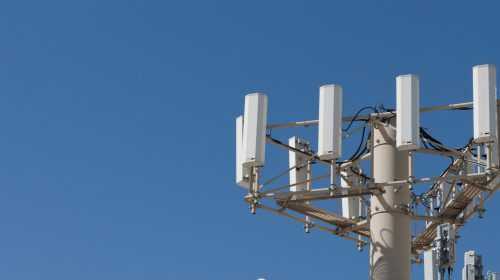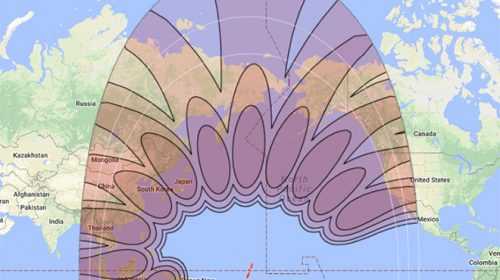Comparing Eutelsat and AST SpaceMobile Direct-to-Device Strategies
Mar 26, 2025
Satellite communication is undergoing a transformative phase, with companies like Eutelsat and AST SpaceMobile pioneering groundbreaking technologies that promise to revolutionize global connectivity. New possibilities and unprecedented convergence in the field of global communication are influenced by the emergence of the network relationships between satellite and mobile networks, in ways that cross barriers in the telecommunications landscape. It is more than an incremental improvement, that marks the tipping point of a complete redesign of how communication networks can be created, deployed, and used in a variety of terrains, technological, and geographical realities.
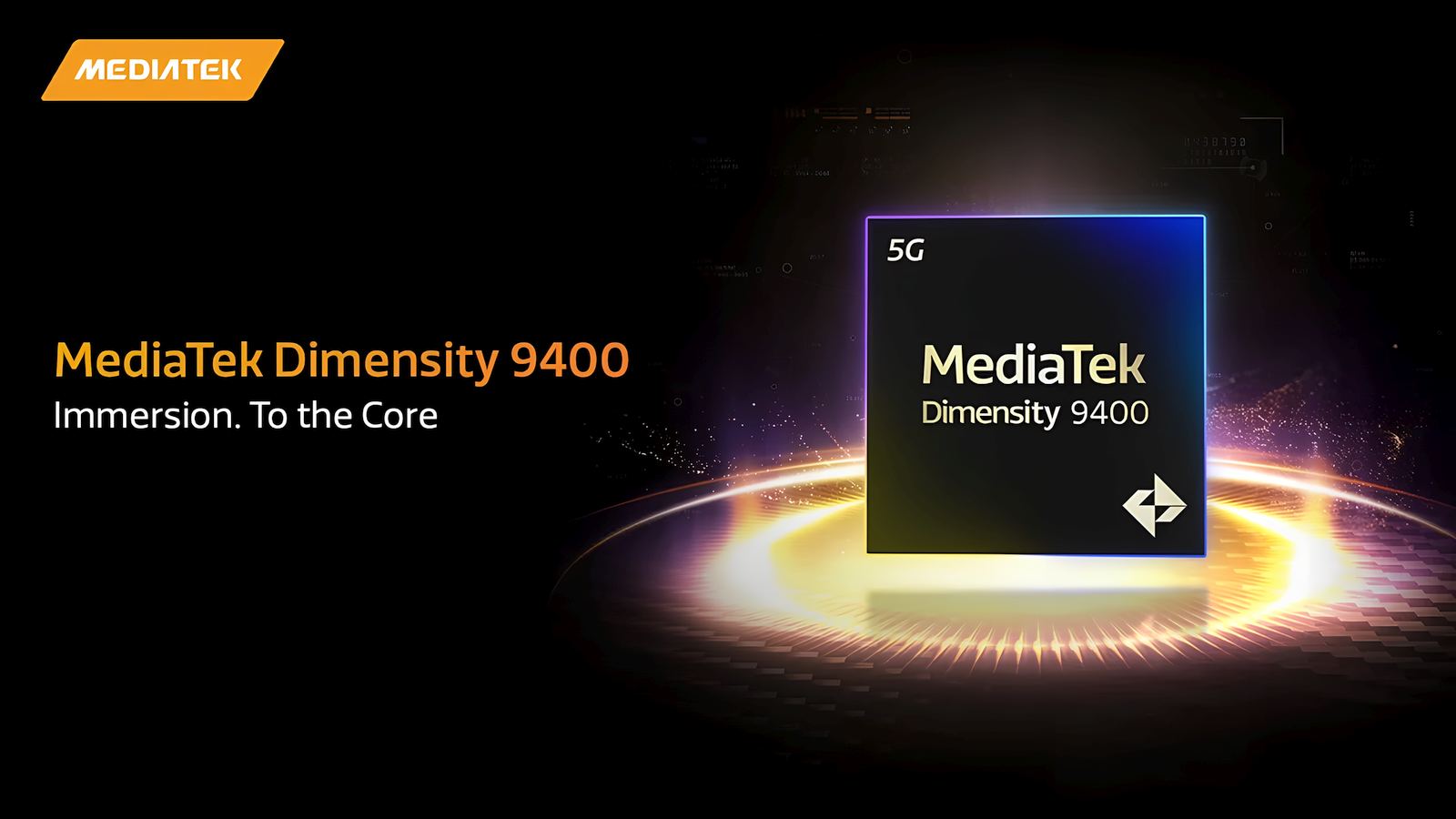 MediaTek Dimensity 9400 flagship 5G smartphone chipset promo. Credit: MediaTek
MediaTek Dimensity 9400 flagship 5G smartphone chipset promo. Credit: MediaTek
Eutelsat, a global leader in satellite communications, has been at the forefront of this technological transformation. With a rich history spanning decades, the company has consistently pushed the boundaries of satellite technology, positioning itself as a key player in the evolving global communications ecosystem. Recent innovations of the company envision a strategic vision that isn’t just about traditional satellite communication but about integrating new network technologies and achieving next generation connectivity.
Breakthrough in 5G Satellite Connectivity
The test conducted by Eutelsat represents a landmark moment in satellite communication technology. Working with the Industrial Technology Research Institute (ITRI) and using a satellite and base station, the company showed off unprecedented 5G connectivity with an innovative MediaTek 5G chipset. What makes the test so groundbreaking is that it implements native 5G protocols over satellite networks directly, instead of the usual telecommunications approach to signal encapsulation. Key industry partners such as Sharp, Rohde and Schwarz, and Airbus joined forces with the trial as they supplied critical technological components. They included low Earth orbit (LEO) satellites with innovative ‘Earth-moving beams’ technology and specialized antenna arrays that expand the boundaries of satellite communication capabilities. The test used a next generation smartphone protocol based on Release 17 5G standards that will be deployed in future 5G smartphones, and was achieved using a Ku-band LEO constellation from OneWeb’s satellite network. The test not only proved a connection between a 5G user terminal and 5G core network over a satellite link, but it was more than a theoretical exercise. This breakthrough is of great importance for global telecommunications, as native 5G protocols can effectively work through satellite networks without the use of traditional signal translation mechanisms. The test’s success might signal a paradigm shift in how mobile and satellite communications will be able to integrate, providing more seamless, efficient, and widespread connectivity solutions that could break down communication barriers in remote and underserved areas and change global communication infrastructure.
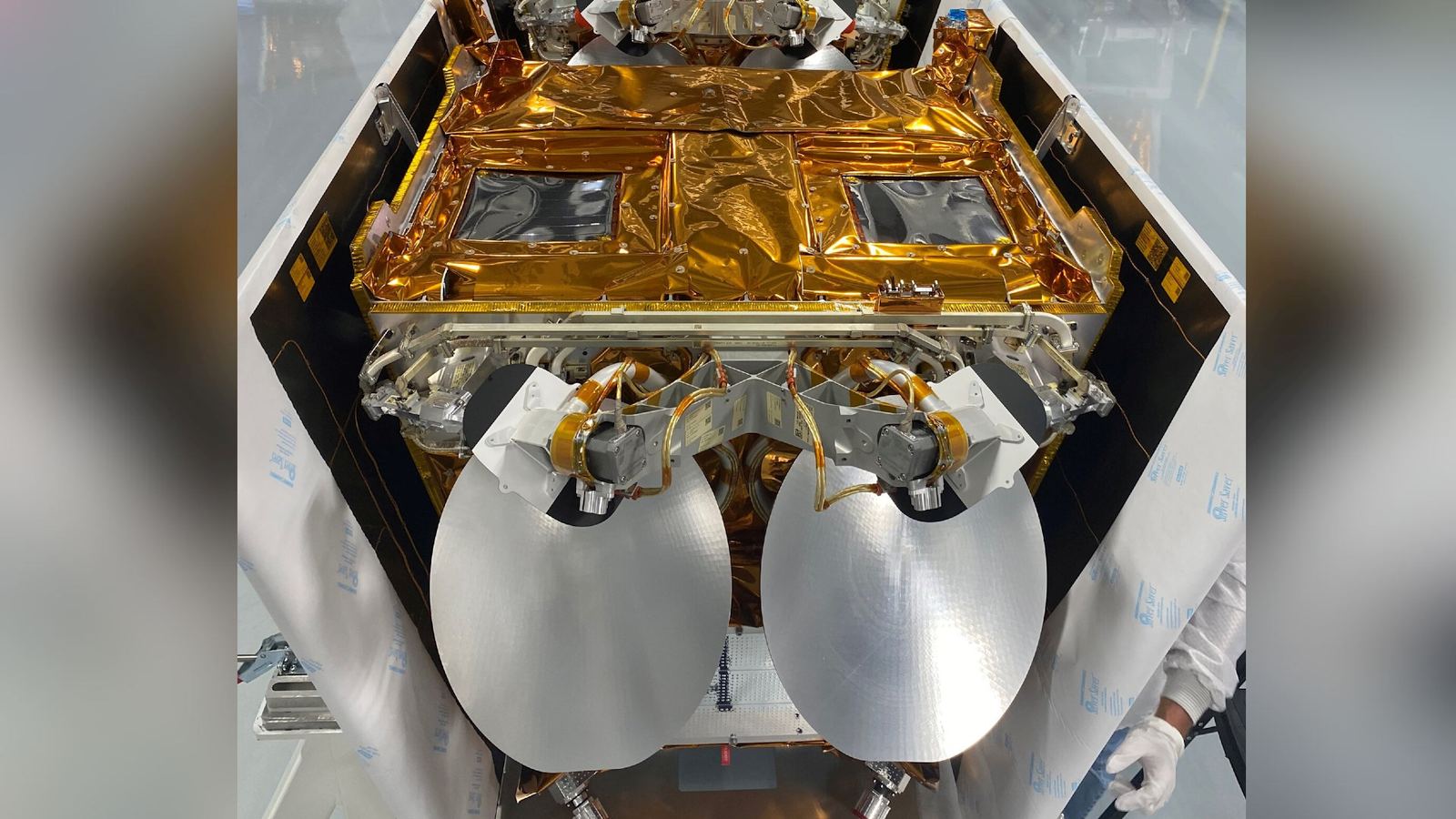 Eutelsat OneWeb Beam-hopping JoeySat 5G satellite. Credit: Eutelsat Group
Eutelsat OneWeb Beam-hopping JoeySat 5G satellite. Credit: Eutelsat Group
Eutelsat head of R&D Daniele Finocchiaro provided key insight into the importance of this technological breakthrough. But he said the test paves the way for a smoother integration of terrestrial and satellite networks as more and more hardware and software components become more or less identical or highly similar. This single test is only part of the company’s vision beyond this single test, as it has a strategic focus on the IRIS2 constellation, a European multi-orbit sovereign broadband project set to be in service early 2031. In this ambitious project, Eutelsat will include non terrestrial 5G protocols as a key feature, making the company a pioneer in global communication technology. Broadly, the test has broader implications for the telecommunications industry including satellite and terrestrial network interoperability, lower access costs, and pathways for global satellite broadband connectivity for 5G devices. Eutelsat is breaking new ground in communication technology integration by showing successful traffic exchange between a 5G user terminal and the 5G core network using a satellite link.
AST SpaceMobile’s Approach to Direct-to-Device Connectivity
While Eutelsat focuses on network integration, AST SpaceMobile is taking a different yet equally innovative approach to satellite communication. The company is building large, high power LEO satellites that connect directly to existing smartphones without additional equipment to solve connectivity problems in remote and underserved regions. This is a radical departure from traditional satellite communication models, which typically relied on specialized hardware and complex user interfaces. Currently, the company’s massive 64 square meter Block 1 BlueBird satellites in orbit show unprecedented antenna technology that allows for direct smartphone connectivity, which is one of the most challenging problems in satellite communications. The company has secured strategic partnerships with major U.S. telecommunications providers AT&T and Verizon, who separately announced on February 25 their successful use of company spectrum to make video calls over an operational AST SpaceMobile spacecraft. This follows a similar milestone achieved last year with Europe’s Vodafone using a prototype satellite, further validating the company’s innovative communication approach.
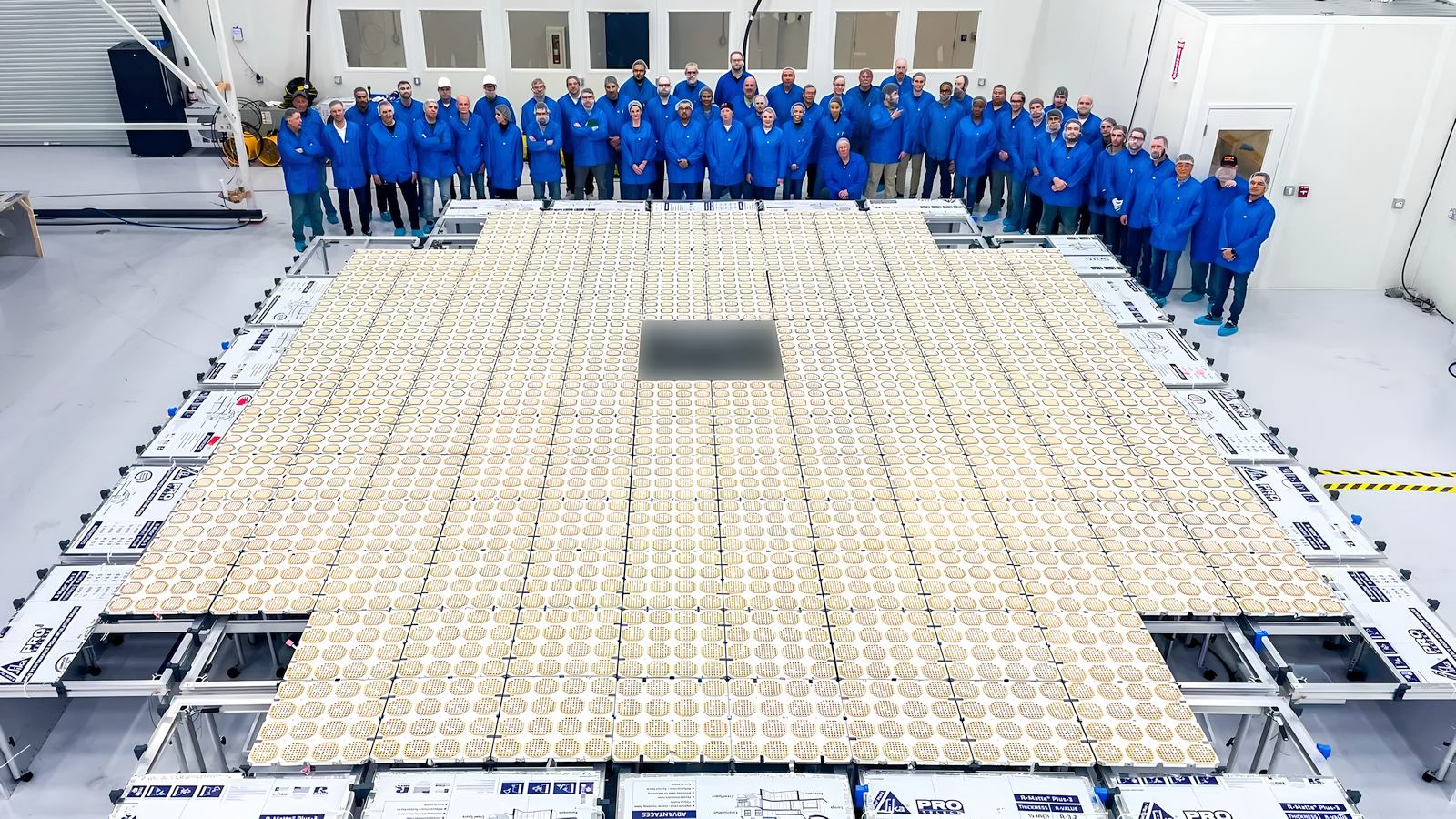 BlueWalker 3 features a 64-square-meter phased array antenna for direct mobile phone connectivity. Credit: AST SpaceMobile
BlueWalker 3 features a 64-square-meter phased array antenna for direct mobile phone connectivity. Credit: AST SpaceMobile
AST SpaceMobile’s technology is designed to deliver mobile connectivity to billions of users in places that were previously unserved by reliable communication infrastructure. The company provides a unique solution that enables direct to smartphone communication, which maintains connection during disasters or in areas where terrestrial infrastructure is disrupted. This has the potential to have a profound societal impact through providing communication lifelines in emergency situations, supporting remote workers, and connecting communities that have historically been isolated from global communication networks. Beyond the mere technological innovation, the company has also plans for Block 2 satellites with three times surface area and ten times capacity increase, with speeds of up to 120 Mbps, which are enough for video streaming and bandwidth intensive applications not possible before with satellite phone connections. Additionally, AST SpaceMobile’s vertically integrated manufacturing approach with facilities in Texas, Florida and Spain represents a new paradigm for the space industry that emphasizes volume and economies of scale and is committed to scaling production to six satellites per month by late 2025.
The Future of Satellite Communication
As we stand on the cusp of a new technological era, companies like Eutelsat and AST SpaceMobile are not just improving communication technologies; they are reimagining the very concept of global connectivity. Their innovations promise a future where geographical barriers become increasingly irrelevant, and seamless, universal communication becomes a reality. The technological advancements we are witnessing represent more than incremental improvements—they are foundational shifts that could reshape how humanity connects, communicates, and collaborates.
The potential impact extends far beyond mere technological achievement. These satellite technologies symbolize hope for a more connected, accessible, and resilient global communication ecosystem. They offer the promise of bridging digital divides, supporting economic development in remote regions, enhancing emergency response capabilities, and creating unprecedented opportunities for global interaction. As these technologies continue to evolve, we are witnessing the dawn of a new era of communication—one that promises to be more inclusive, robust, and transformative than ever before.

